#1 Yoga Means Union Works on Both – Body and Mind
Many translations say that the Sanskrit word “yoga” comes from the root word “yuj” meaning “union” or “to yoke”. Hatha Yoga refers to the physical yoga postures or asanas. “Ha” translates to “sun” and “tha” means “moon”. Therefore yoga can be viewed as the union of opposites. The sun and moon represent the two sides of ourselves: the positive and negative, control and surrender, the conscious and the unconscious. Yoga can help you add balance and flexibility to both – your body and your mind! Poses such as the Spinal Twist, for example, may not only relieve tension in your back but also help sooth and balance your thoughts and emotions. We have found that especially poses that cross the midline of the body encourage that to happen.
#2 Call in the Qualities the Yoga Postures Evoke
When you need to practice letting go either of pain or of an old belief or thought pattern that no longer serves you, Supine Postures are your best bet. When you lie down to practice you are practicing surrender. Just allow yourself to release by letting gravity work with you to ease out pain and stress. The surrender poses also allow you to be more free to breathe fully and connect with the diaphragmatic breath. The Let It Go Yoga poses are gentle, yet challenging so that you do not get too comfortable and fall asleep or check out mentally.
#3 Find Your Edge in the Pose
The most misleading idea about yoga is that it is all about being or becoming flexible. Yes, that may be a bi-product but more important that yoga can work for you no matter your level of flexibility. You do not need to be flexible to obtain the many benefits. In fact a very flexible person can miss the benefits of yoga because they have not found their personal edge. The only difference between a flexible person and one who is not is that the flexible person must go further into the pose to find their edge.
What is the edge? Within each pose there is a place where you know you are getting the most from the posture. This place of heightened awareness is called the edge. When you are at the edge, you know it; it hurts a little; it gets your attention. The sensation in the pose brings you fully into the present moment. Practicing yoga allows you to control the amount of sensation you feel at the edge and learn to relax and release around it. If you feel the pose, it is working for you. If you don’t feel it, you need to go further into the stretch to find your edge. The beauty of this is that everyone can find the optimal practice specific to their own body.
#4. Learn Your Body’s Language
Take a few moments at the beginning and during your practice and check in on a deeper level. If you are feeling very tight in a pose, it could just be tension and that wants your attention. So give it what it wants, take the time and visit that place in your mind. See how that place feels, ask yourself how big is that place, what color is it? How would I describe it as an object? If that part of my body could speak what does it want me to know or be? You can receive amazing insights with this practice and learn your unique way that your body-mind communicates with you. Some people see vivid colors and some just get the sense of a color, some people get pictures that are represent aspects in their lives, some folks get messages on their next course of action or what they need to let go of. Check inside the innate wisdom of your body is just waiting to talk with you.
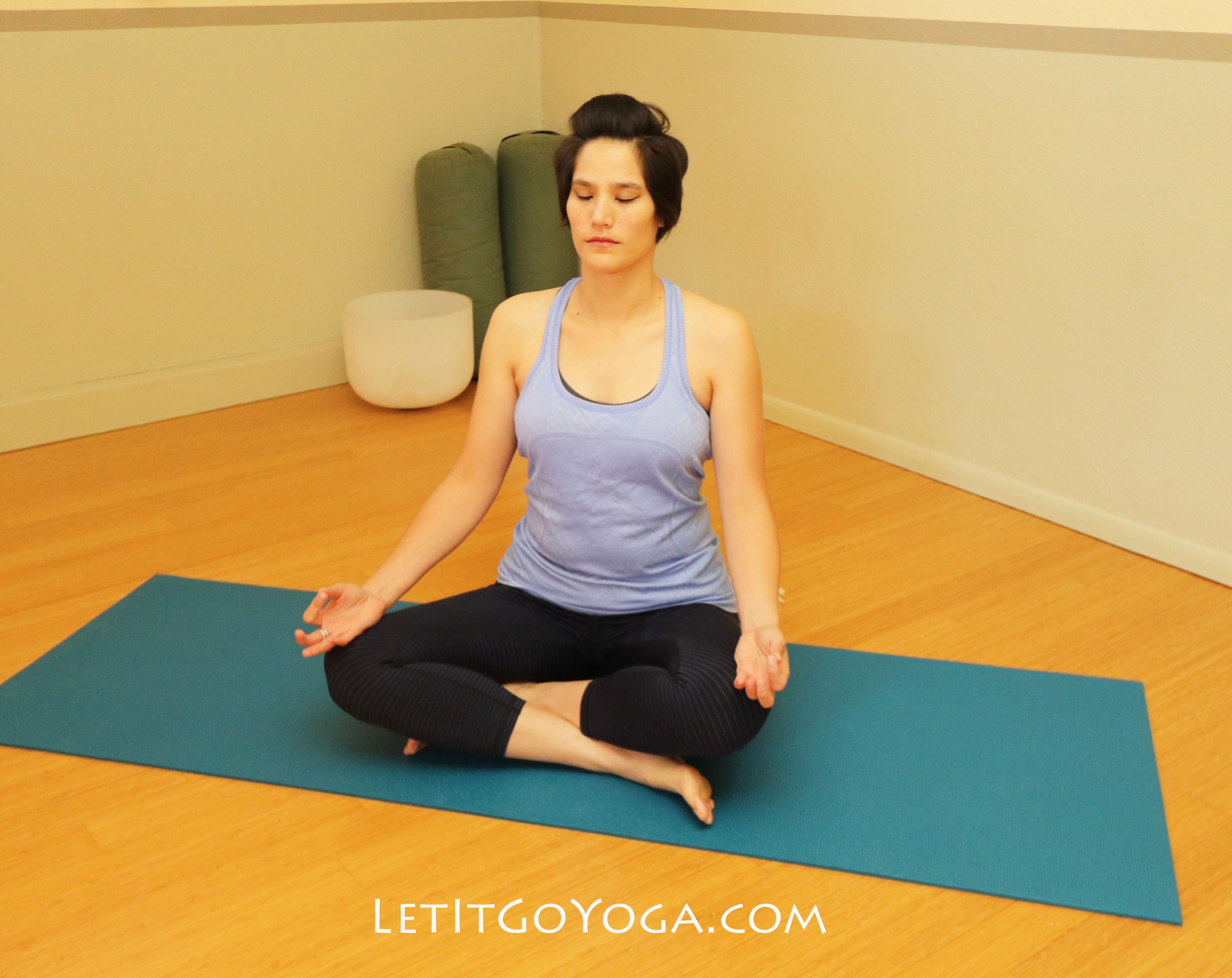
#5 Add Meditation to Your Practice
There is a very simple meditation that can be done while you are in your yoga poses. Begin by counting your breaths, the inhale is the count of one, the exhale is the count of two, the next inhale is three and so on. Pay attention to the rise and fall of your breathing. Whenever you catch yourself thinking of the past or the future, draw your attention back to the breath, and start again at one. There is no goal, just awareness of the breath and how the mind wanders. When you catch yourself thinking about work or what you are going to have for dinner, congratulate yourself!! You are becoming aware of your thoughts. Then go back to one and start again: inhale is one and exhale is two...
#6 Breathe in Love, Exhale Gratitude
As you can catch your thinking using the counting meditation you can catch yourself thinking negative thoughts and change it. If a yoga pose is challenging and you find yourself berating your body take a moment and add love. Breathe in “I love you” with a deep inhale and on the exhale, breathe out “Thank You”. How often do you give yourself positive messages. Saying I love you to your hips or back couldn’t hurt. Generating the feeling of love and gratitude within yourself is the quickest way to feel better fast.
#7 Take a 15 minute Savasana final relaxation
Savasana may be the most important part of your practice. As a final relaxation this pose will allow your body to assimilate all of the wonderful work you have done. We have discovered that it takes at least 15 minutes to truly absorb and integrate it all. When we relax deeply, the parasympathetic nervous system begins to engage. This is the system that allows the body to “rest and digest”. It is also a time to be completely aware of the sensations of your body, the rhythm of the breath and the awareness of your thoughts, and yet not reacting, just noticing and practicing letting go. The profound benefits that you will feel after every practice will keep you coming back to your mat, even if it’s because you want to get to your Savasana!
Sue Anne Parsons 500 EYT, CYT – owner of Let It Go Yoga since 1986
Want to know more about Let It Go Yoga? Click here to view your free Diaphragmatic Breathing Video!
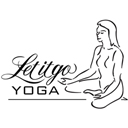
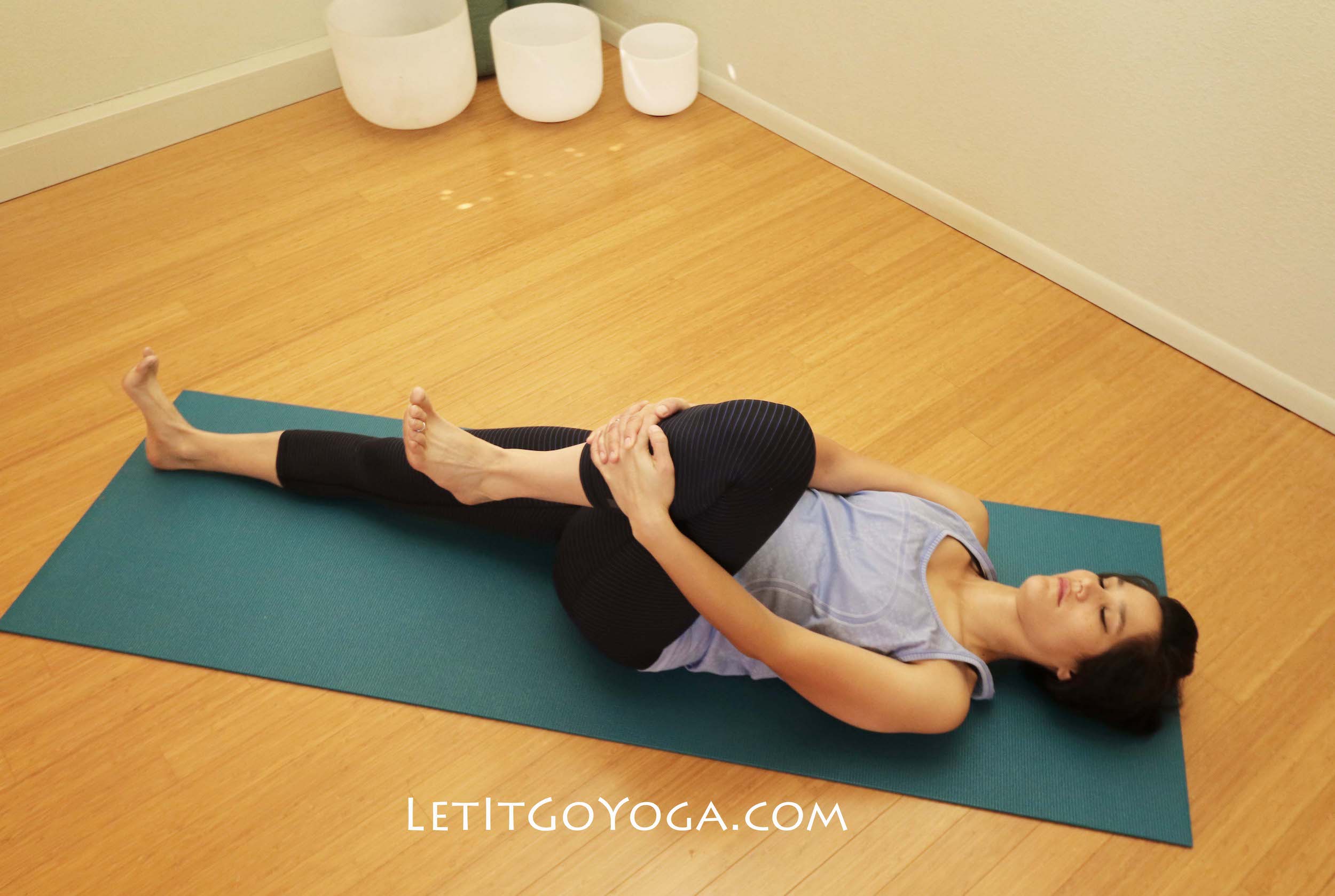
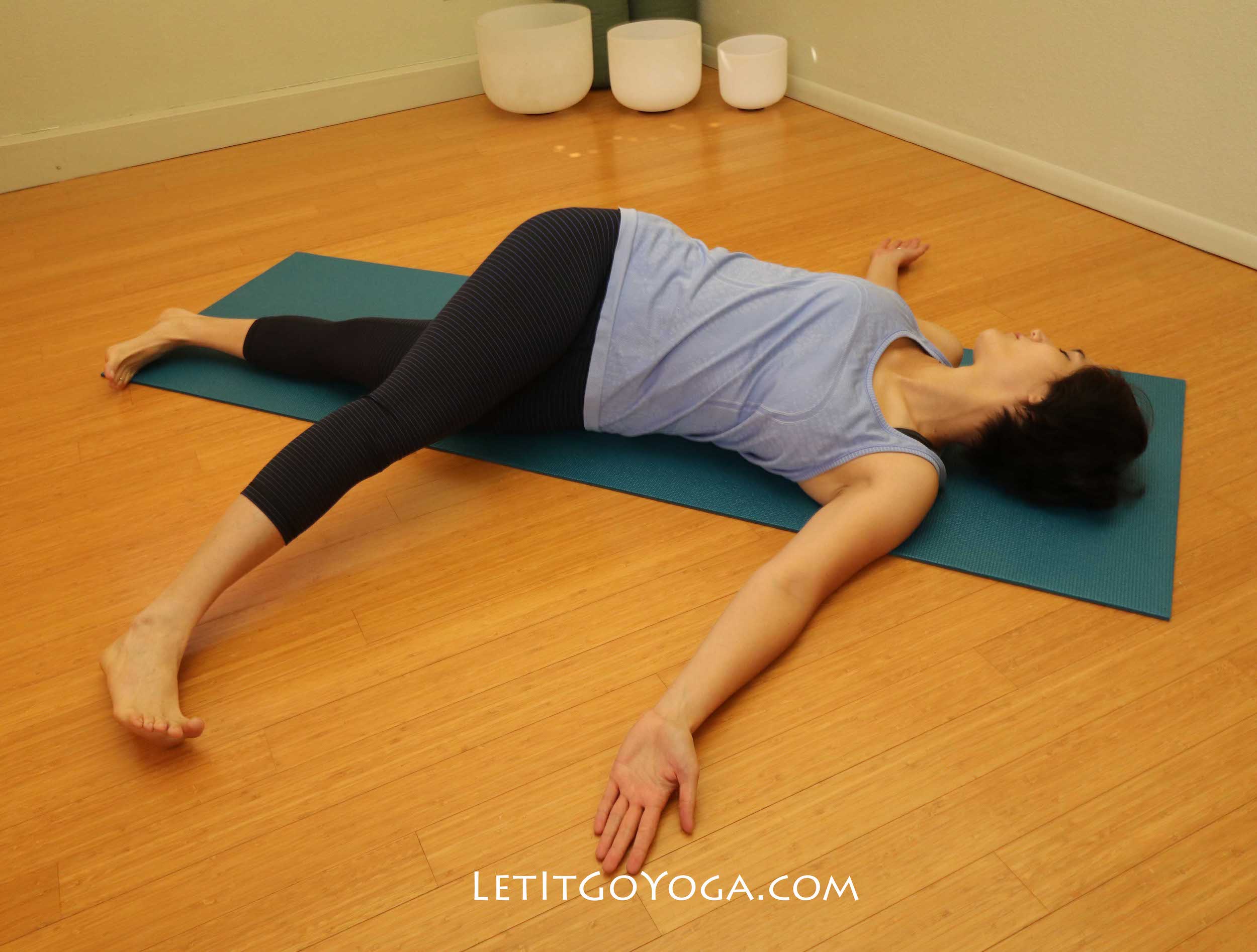
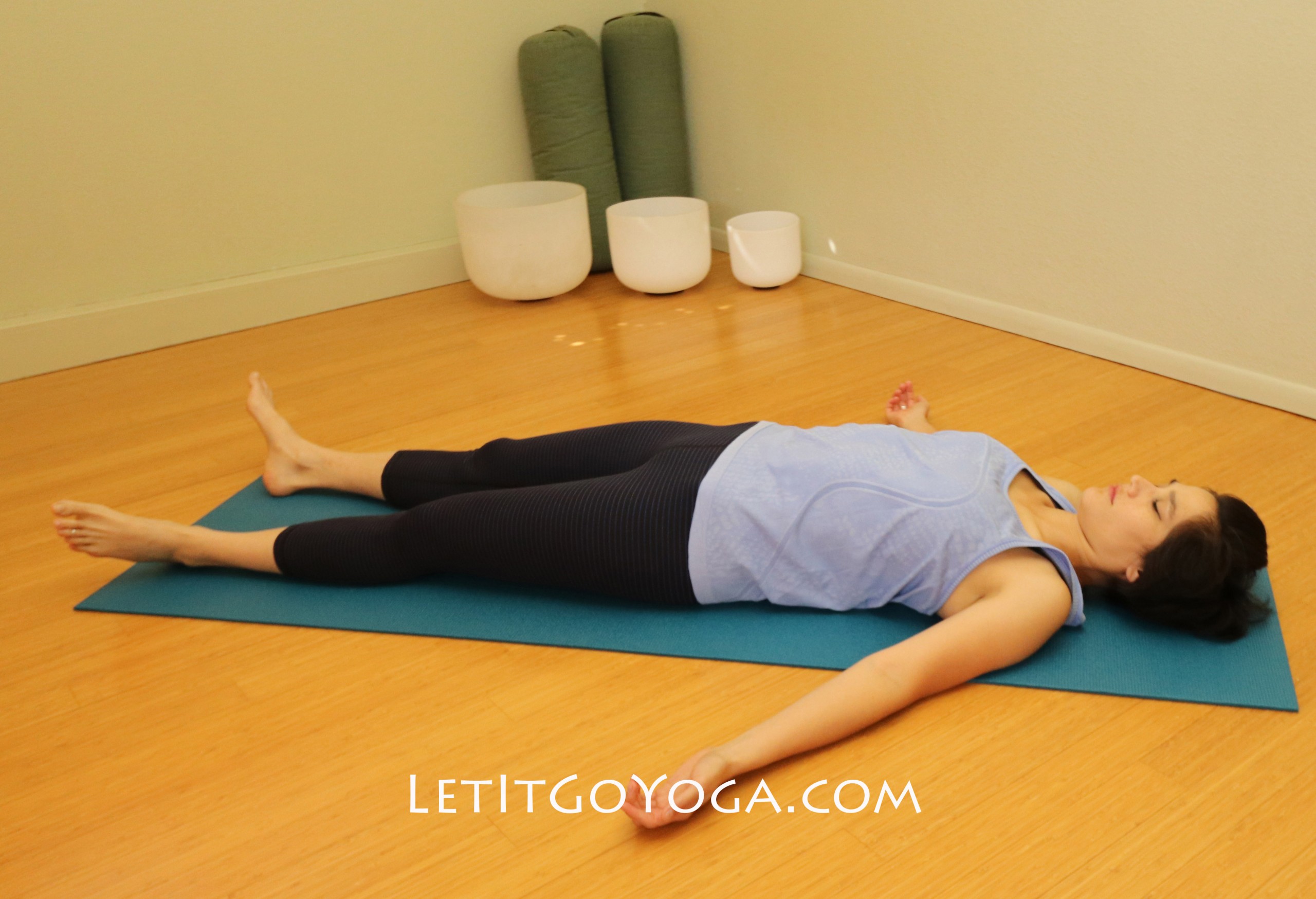
Leave A Comment